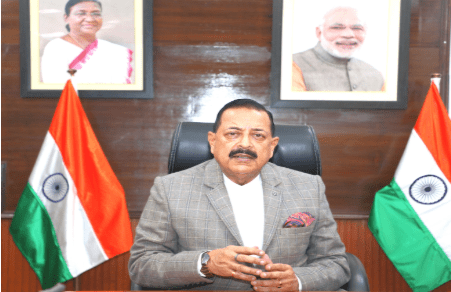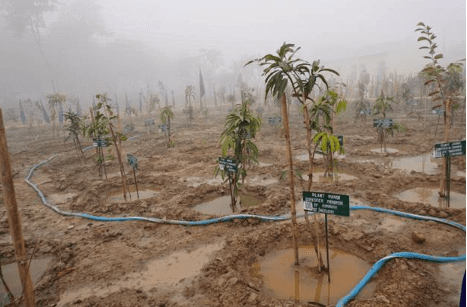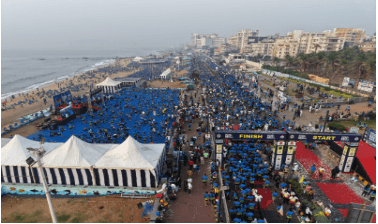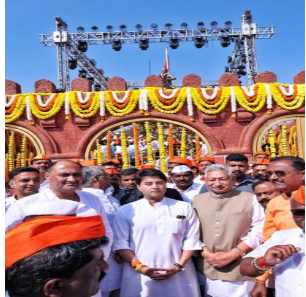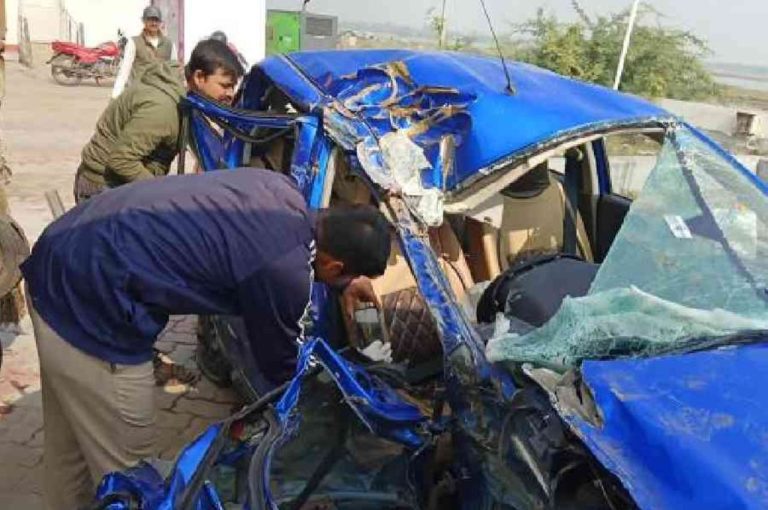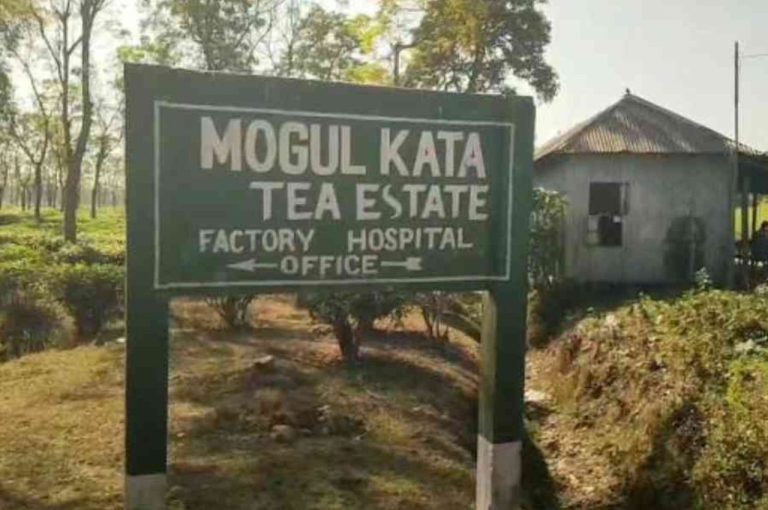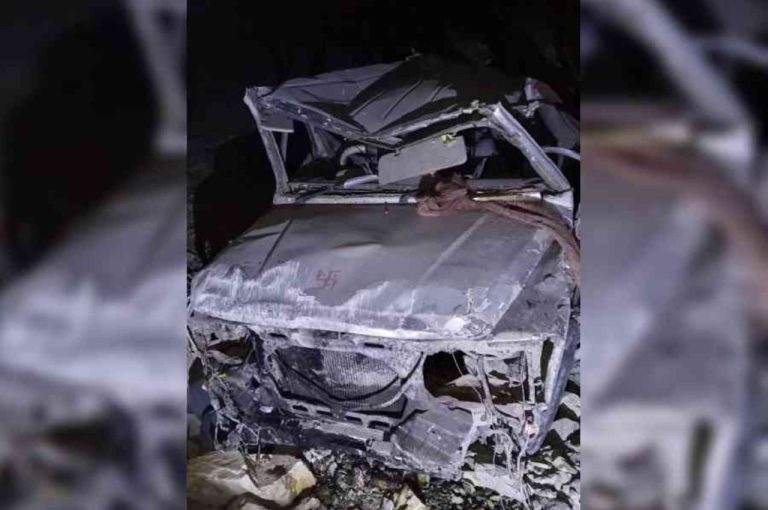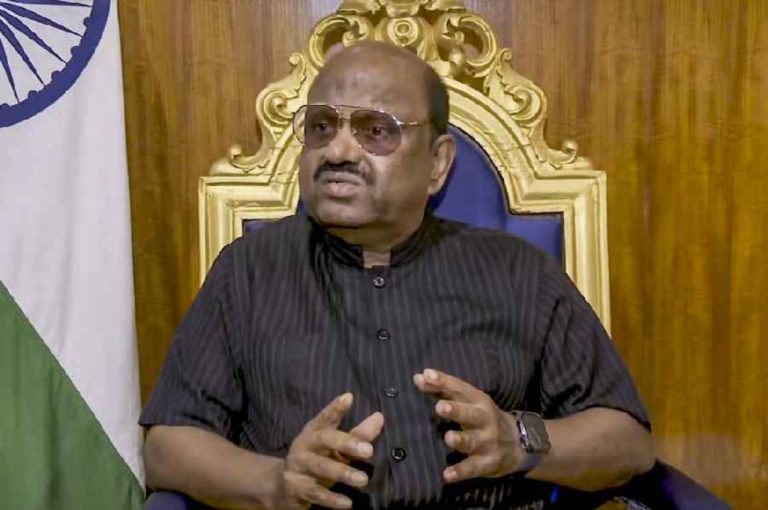Union Minister of State in the Prime Minister’s Office, Dr. Jitendra Singh, on Sunday reviewed preparations for the nationwide culmination of the Sansad Khel Mahotsav, scheduled for 25 December 2025, during a virtual coordination meeting with Deputy Commissioners (DCs) and Members of Legislative Assembly (MLAs) from the Udhampur–Kathua–Doda Lok Sabha constituency. The concluding mega event will be addressed virtually by Prime Minister Shri Narendra Modi, marking the successful completion of the multi-month grassroots sports initiative.
Seamless Coordination Across Districts and Assembly Segments
The virtual meeting focused on ensuring smooth coordination across districts and Assembly segments for the culmination ceremony, which will be organised simultaneously across multiple locations. Dr. Jitendra Singh underlined that the successful execution of the event would require active collaboration among District Administrations, MLAs and Members of Parliament, with local-level planning aligned to national objectives.
He stated that the Sansad Khel Mahotsav, which commenced on 25 August 2025, has been conceptualised as a pan-India, large-scale programme celebrating grassroots sporting talent while promoting the ideals of a fit, healthy and sports-oriented India under the Fit India Movement.
Prime Minister’s Virtual Address: Infrastructure and Connectivity Key
Emphasising operational readiness, Dr. Jitendra Singh directed district authorities to remain prepared for multiple execution models, including district-level and constituency-level formats, depending on final directions. He stressed the importance of identifying suitable venues with robust digital connectivity and adequate infrastructure, particularly in view of the Prime Minister’s virtual address to participants across the country.
Building a Sustainable Sports Ecosystem
Highlighting the long-term vision of the Sansad Khel Mahotsav, the Minister said the initiative extends beyond a single event and aims to build a sustainable sports ecosystem nationwide. He instructed officials to ensure that details of winners at the Panchayat, Block, District and higher levels are uploaded promptly on designated portals.
This systematic data collection, he noted, will help identify promising athletes, provide them with institutional support, advanced training opportunities, and exposure to higher competitive platforms, thereby strengthening India’s sports pipeline from the grassroots upward.
Culmination Coincides with Good Governance Day
Dr. Jitendra Singh pointed out that December 25 also marks Good Governance Day (Sushasan Diwas) and the birth anniversary of former Prime Minister Atal Bihari Vajpayee. He described the convergence as a meaningful opportunity to integrate themes of good governance, youth empowerment and nation-building into the Sansad Khel Mahotsav culmination.
He encouraged district administrations to align local programmes with these national observances to enhance public outreach, participation and visibility.
Youth Participation and MY Bharat Framework
During the meeting, it was conveyed that the culmination events will witness wide participation from local youth, sportspersons, community representatives and eminent personalities from the sports sector. The programmes will be organised under the broader framework of the “MY Bharat” platform, with support from the Ministry of Youth Affairs and Sports, Ministry of Culture, Ministry of Education, and District Administrations.
This inter-ministerial collaboration aims to ensure maximum outreach and inclusive public engagement.
Conclusion
Concluding the meeting, Dr. Jitendra Singh called upon all stakeholders to work in close coordination to ensure that the Sansad Khel Mahotsav culmination on December 25 emerges as a model national event. He reaffirmed the Government’s commitment to promoting a strong sports culture, nurturing young talent, and reinforcing the Fit India Movement across the country. The virtual meeting focused on ensuring smooth coordination across districts and Assembly segments for the culmination ceremony, which will be organised simultaneously across multiple locations.
The Minister assured that detailed operational guidelines would be issued shortly and emphasised that timely preparedness at every level will be crucial to the programme’s success. The concluding mega event will be addressed virtually by Prime Minister Shri Narendra Modi, marking the successful completion of the multi-month grassroots sports initiative.
For more real-time updates, visit Channel 6 Network.
Source: PIB

